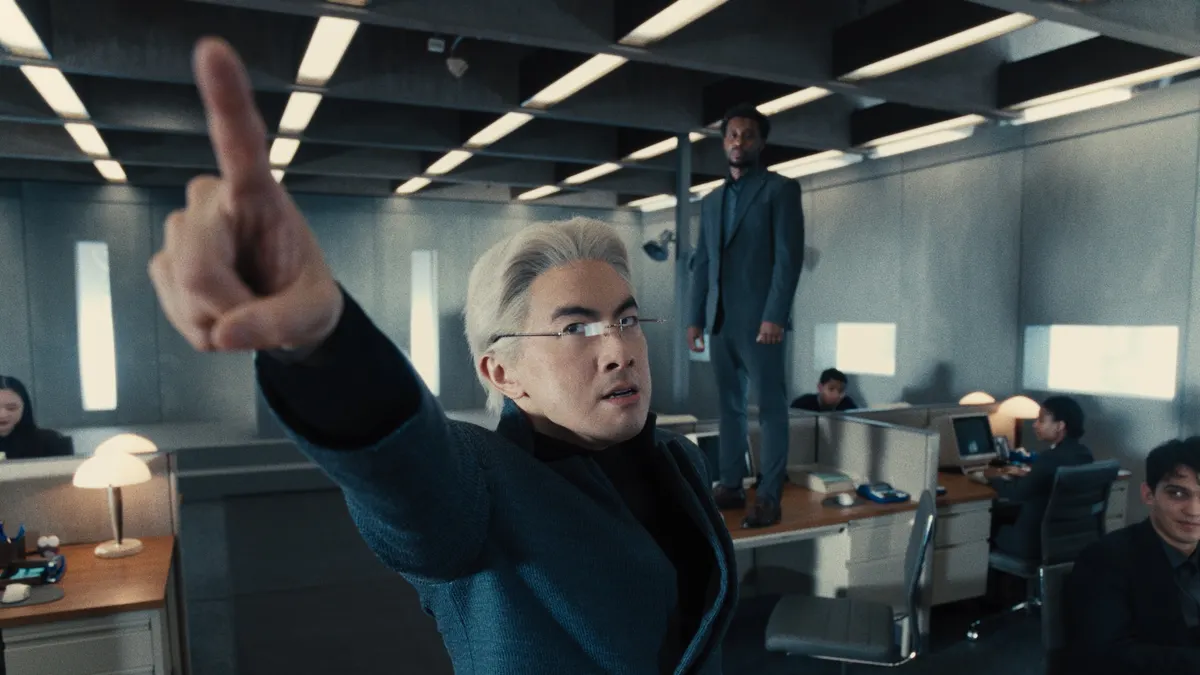Marketers are still processing the news that Omnicom Group will acquire Interpublic Group of Companies (IPG), a $13 billion-plus deal that will create the industry’s largest ad-holding group and consolidate the playing field in a beleaguered agency category. While many uncertainties still hang over the transaction, which is expected to close in the second half of next year, the formation of a capital “M” mega-agency may open further inroads to small- and mid-sized marketing services providers that have started to win more significant business by positioning themselves as alternatives to sprawling networks with layers of complexity and stodgy strategic thinking.
“The challengers for this deal will be the smaller and more nimble boutiques,” said Greg Paull, president of global growth at MediaSense and co-founder of R3, in emailed comments. “The importance of the independent is not diminishing.”
There has been a pattern of brands delegating more work to upstarts this year, particularly in regards to creative. General Motors in June added independent shops Mother and Preacher to its roster, shifting away from the dedicated Chevrolet agency Commonwealth/McCann, an IPG-owned division, and Leo Burnett Detroit. Häagen-Dazs a month later named startup Nice&Frank its creative agency of record (AOR), tasking the two-year-old company with crafting its first Super Bowl campaign. Disruptor agencies like Mischief @ No Fixed Address and Highdive have become critical and awards darlings amid a challenging period for creativity.
The trend toward independents could further accelerate in the wake of the Omnicom-IPG combination, analysts agree. But independents still need to put in the hard work to convince marketers to switch up their approach to partnerships, all while keeping in mind a preference for marketing that can be tied to revenue results.
“Companies that provide strong data, technology and are nimble enough to move quickly meeting the needs of the demand will stand to win during this time in the market,” said Brian Mandelbaum, CEO of Attain, over email. “Mergers take a long time to complete, but anyone who can deliver on business outcomes for the advertisers and/or supply the new tech stack that Omnicom and IPG are creating will stand to gain.”
The break away from the traditional holding company model will also continue to happen in a piecemeal fashion instead of a radical exodus. The importance of the AOR has been diminishing for years, with more brands maintaining a list of agencies of various sizes and specialities that are tapped for different campaigns.
“[Independents’] main disadvantage is often scale, so they’re not necessarily going to pry large, global relationships away from hold cos, but they can chip away and win project-based work if they can demonstrate their ability to deliver high-quality work more responsively,” said Jay Wilson, vice president analyst for Gartner’s Marketing Practice, in emailed comments.
Preserving continuity
Omnicom and IPG together will create an estimated $25 billion organization with over 100,000 employees, providing unprecedented scale for an agency. That could be appealing to marketers that have placed a premium on access to data-driving marketing solutions, but also puts pressure on Omnicom to merge IPG’s tech and talent on a fast timeline — a tall order in the notoriously slow-moving agency segment.
“Clients often seek continuity and expertise, which mergers can disrupt as organizations align their systems and strategies,” said Jeremy Fain, CEO and co-founder at Cognitiv. “If IPG and OMG can quickly and effectively integrate data technology solutions like [IPG’s] Acxiom, clients will be happy to stay and grow their business.”
While independents are one threat to Omnicom, more conventional rivals are likely to make their own bold moves. Agency networks like WPP and Publicis Groupe might accelerate M&A activities in response to the acquisition, particularly as the incoming presidential administration is expected to be less stringent on the regulatory front.
“This consolidation could be a sign of further industry-wide mergers and acquisitions,” said Jeremy Haft, chief revenue officer at Digital Remedy, over email. “As the ad landscape shifts, we may see more players looking to scale in response to the competitive pressures of the newly-formed giant.”





















